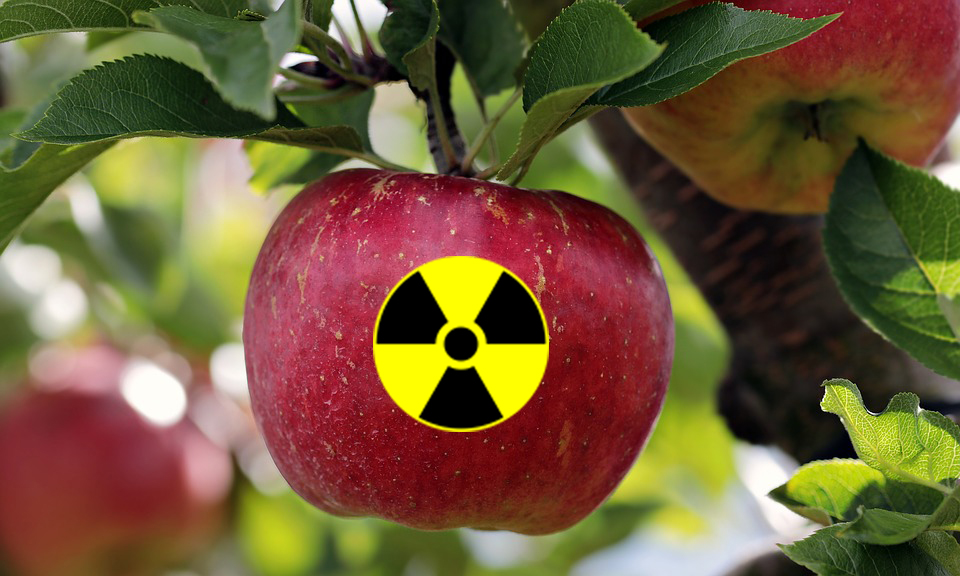Food irradiation offers a wide range of benefits to food industry and the consumer. Perhaps the most important application of food preservation is to ensure the hygienic quality of solid and semisolid foods, especially those of animal origin, through inactivation of food borne pathogen. International health and safety authorities have endorsed the safety of irradiation for all food up to dose level 10 kGy. The radiation dose of processed sample can be estimated in different unit (Table1). Resent evaluation of an international expert study group appointed by FAO, IAEA and WHO showed that food treated according to good manufacturing practices (GMPs) at any dose above 10 kGy is safe for consumption. Tables 2 enlist the application of food irradiation. More than 40 countries around the world have permitted the use of radiation processing of around 100 food items. Table 3 shows food items approved for radiation preservation by ministry of health and family welfare, India under prevention of food adulteration (act) rules, 1955.
The exposure of food to ionizing radiation is being progressively used in many countries to inactivate food pathogens, to eradicate pests, and to extend shelf-life, thereby contributing to a safer and more plentiful food supply. To facilitate decision making by regulatory authorities regarding a disputed sample (whether irradiated or not) a simple and accurate analytical method is desirable. Research for finding out suitable methods for detection of irradiated foods was started since 1990s. International programmes were started like ADMIT programme, sponsored by the Joint FAO and IAEA Division of Nuclear Techniques in Food and Agriculture. These programmes have led to the development of a variety of analytical detection methods. The Comet assay is most desirable, simple and cost effective method for irradiation dose detection in processed food sample.
Table 1. Units of radiation dose and radioactivity.
|
|
Absorbed dose |
Radioactivity |
|
Unit |
Gray (Gy) |
Becquerel (Bq) |
|
Definition |
1 Gy = 1 J/kg |
1 Bq = 1 disintegration |
|
Former Unit |
rad |
Curie (Ci) |
|
Conversion |
1 rad = 0.01 Gy 1 krad = 10 Gy 1 Mrad = 10 kGy |
1 Ci = 37 GBq 1 kCi = 37 TBq 1 mCi = 37 PBq |
Table 2. Applications of Food Irradiation.
|
Applications |
Dose (kGy) |
Products |
|
Low-Dose (up to 1kGy) |
|
|
|
Sprout Inhibition |
0.05 – 0.15 |
Potatoes, onions, garlic, root ginger, yam etc. |
|
Insect disinfestation |
0.15 – 0.5 |
Cereals and pulses, fresh and dried fruits, dried fish and meat, fresh pork, etc. |
|
Delay of physiological processes (e.g. ripening) |
0.25 – 0.15 |
Fresh fruits and vegetables |
|
Medium-Dose (1- 10kGy) |
|
|
|
Extension of shelf-life |
1.0 – 3.0 |
Fresh fish, strawberries, mushroom etc. |
|
Elimination of spoilage and pathogenic microorganisms |
1.0 – 7.0 |
Fresh and frozen seafood, raw or frozen poultry and meat, etc. |
|
Radiation hygienization of spices |
10.0 |
Spices and herbs |
|
High-Dose (10-50kGy) |
|
|
|
Sterilization of food for special requirements |
30.0 – 50.0 |
Meat, poultry, seafood, prepared foods, sterilized hospital diets. |
Table 3. Food items approved for radiation preservation by the Ministry of Health and Family Welfare, India under Prevention of Food Adulteration (Act) Rules, 1955.
|
Name of Food |
Purpose |
Minimum Dose (kGy) |
Maximum Dose (kGy) |
|
Sprout Inhibition |
0.03 |
0.09 |
|
Sprout Inhibition |
0.06 |
0.15 |
|
Sprout Inhibition |
0.03 |
0.15 |
|
Disinfestation (quarantine) |
0.25 |
0.75 |
|
Insect disinfestation |
0.25 |
1.0 |
|
Insect disinfestation |
0.25 |
0.75 |
|
Shelf-life extension and pathogen control |
2.50 |
4.0 |
|
Shelf-life extension under refrigeration |
4.0 |
6.0 |
|
Pathogen control |
4.0 |
6.0 |
|
Microbial decontamination |
6.0 |
14.0 |
